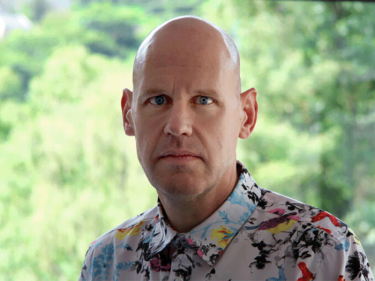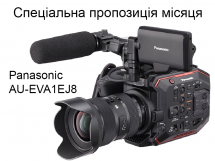| Українська | English | |||||||||||
|
|||||||||||
| News | About company | Service-centre | OB Van/SNG Rental | NextGen Energy Solutions | Contact us |
|
|
Engineering Service, Inc.
» News News Henry Goodman, director of product management at Calrec, discusses the move towards mixing major events remotely in a studio with edge processing locally at the venue to provide time sensitive production feeds.
What industry trends have particularly stood out for you in 2023, and why? There are three common trends which are helping to shape workflows. The first is the use of IP technologies which is being implemented to take advantage of the flexibility and long-term scalability that ST 2110 offers broadcasters. What we’re seeing across the industry is the move to IP and the realities this entails. IP – ST 2110 specifically – has been talked about, and developed, for many years. We are now well into the deployment cycle but broadcasters and facilities more widely, have to be able to move at their own pace. Coupled with this is the increasing use of remote production, or parts of productions being handled remotely, led by the sports market for major sports events such as the Premier League, Formula E and even the Summer Games. The third trend we’re seeing is the emerging use of distributed production, where control surfaces, cores and I/Os are not co-located in the same facility but can be distributed across large distances to maximum their use. Earlier this year we worked with a company called Universal Remote.tv on a proof of-concept using our IP Type-R solution to show that the audio mixing of sports events could be done remotely, by highly experienced A1s, without affecting the transmission chain at all i.e., not introducing unacceptable latency. Given the sheer number of sports that need to be covered in the US in particular, introducing this level of workflow efficiencies – and travel reduction/more effective use of staff alongside increased sustainability – is a game changer. What’s really fascinating is that broadcasters are able to leverage all three technology workflows to suit their businesses and Calrec as a company is constantly learning new ways that our products can be used. We’re able to evolve these workflows as our customers’ needs grow. What impact are you seeing those trends having on the media and entertainment industry? In many respects it is the broadcast media and entertainment industry that is driving these trends. What we’re talking about are not overnight transitions and they contain complexities that require the expertise of companies like Calrec. We have developed our IP expertise over many years. We had to look at the market and customer expectations not only for now but well into the future. This means we develop a deep understanding of what’s required and will be required, and a distributed production infrastructure is key to helping broadcasters provide efficient utilisation of both equipment and human resources especially for time critical productions like live sports coverage and many of our customers are taking this approach. It is becoming more common to mix sports events remotely in a studio with edge processing locally at the venue to provide time sensitive production feeds. How do you see those trends developing further in 2024? As an industry, we’re continuing to perfect remote/distributed production and work through the possibilities to achieve the maximum quality possible. More and more content providers will seek to take advantage of the benefits of distributed production and the flexibility this brings to their production environments. For example, the ability to locate operators in say London, engineering and processing in Milan and source acquisition in Athens provides opportunities for collaboration, efficiency and reduction of carbon footprint. In many cases a distributed production approach may well mean that perhaps more niche productions which were deemed too expensive previously will now become commercially viable. We will, of course, continue to see the rollout of ST 2110 but for some, it may well be the case, as it has been so far, that a hybrid approach is adopted first before a full move. If we look at the industry as a whole, hybrid is the most appropriate word in terms of current workflows. We are as far away from a one-size-fits-all approach as we’ve ever been. Again, this is where change management comes in and Calrec plays a very active role in this. Do you expect to see any new trends within the industry in 2024, and what will they be? We will continue to see the management of the adoption of these new ways of working by customers, aided and guided by our expertise. The next step in the distributed production workflows is the ability to place processing whenever and wherever it is required. We are of course talking about cloud provisioning solutions which are even now powering productions and enabling content producers to invent new and efficient production workflows. We will continue to see an increase in the use of cloud processing for audio mixing, with Calrec actively involved in working with our customers to prove our cloud-based workflows and defining best practises within wider distributed environments. We see this very much as a collaborative partnership, to realise the potential benefits of what cloud technologies can bring to our industry. « To the list of news |
|
|||||||||||||||||
 |
+38 (044) 593-18-20 +38 (073) 593-18-20 +38 (096) 532-96-82 +38 (095) 532-96-82 Service center Telegram @Engineer_Service |

|
|
|||||
 |
e-mail: engineer-service.tv 15 Vavylovykh str., Kiev, 04060, Ukraine Authorized service centre of Panasonic, Sony, JVC, Fujinon, Canon |
|||||||







